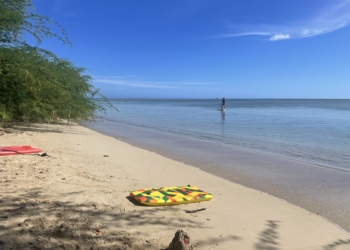Frequent deployments make it challenging for many military families to schedule a getaway or relaxing vacation. So, when the opportunity comes to take a break and spend quality time together, it needs to be unforgettable.
Amusement parks, beach vacations and ski resorts are obvious choices, but there are also plenty of lesser-known options for those looking for a one-of-a-kind experience — like overnights in restored military landmarks.
Here’s a list of four unique, bucket-list trips for the vacation of a lifetime.
Spend the night in a WWII-era submarine
USS Cobia, Wisconsin Maritime Museum : Manitowoc, Wisconsin

Shipbuilders were busy in Manitowoc, Wisconsin, during WWII. In just about three years, 28 submarines were constructed in the town on Lake Michigan.
The Wisconsin Maritime Museum honors that history by giving visitors a chance to spend a night on a real submarine. The fully-restored USS Cobia is moored next to the museum and hosts overnight guests.
 The USS Cobia completed six patrols during WWII and earned four battle stars. The underwater craft sank Japanese freighters in the Pacific Ocean, preventing them from transporting more troops to Iwo Jima. It also rescued seamen from a downed Army bomber and is considered the best-restored WWII submarine in America.
The USS Cobia completed six patrols during WWII and earned four battle stars. The underwater craft sank Japanese freighters in the Pacific Ocean, preventing them from transporting more troops to Iwo Jima. It also rescued seamen from a downed Army bomber and is considered the best-restored WWII submarine in America.
Book a night in the “Sub BnB” and sleep in one of the many bunk rooms.
The experience includes:
- A personalized behind-the-scenes tour of the vessel.
- Overnight access to the entire museum.
- A private screening of maritime and submarine movies in the theater.
Overnight program coordinator Jeffrey Hicks said a night on the sub is like a living history experience, in which visitors become the reenactors.
“When you’re staying overnight, you really get a sense or a feeling of the space around you and how cramped it was on board,” said Hicks. “I think the overnight program allows especially young kids to really get that experience of what it was like to live on a submarine during WWII.”

Hicks said “Sub BnB” is also very popular with veterans, and they’ve hosted guests who have even served in WWII.
“We have a book that military members and veterans sign when they come to visit,” he said. “We really appreciate that they come, especially when they share their stories as well.”
A maximum of 65 people can stay in the submarine overnight. Prices start at $500 a night for a family of five. The vessel is open for guests year-round and has modern heating and cooling. A new HVAC system has been installed with air purifiers for additional sanitization and comfort.
Learn more: wisconsinmaritime.org/programs-and-events/stay-on-the-sub
Sleep above the Atlantic Ocean in a former light station
Frying Pan Tower: Cape Fear, North Carolina
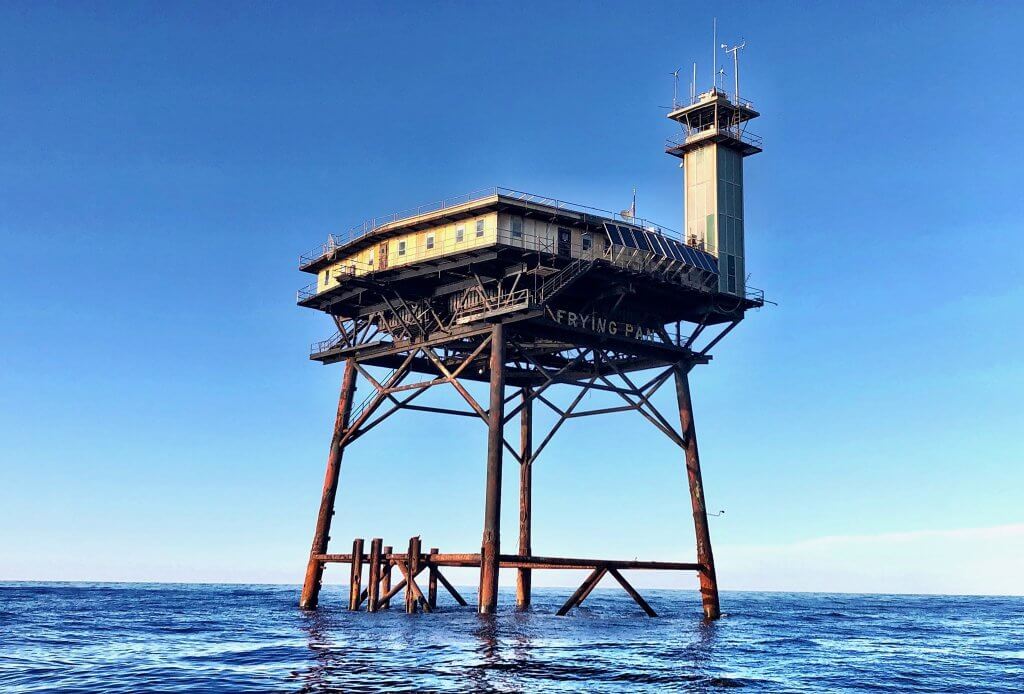
The treacherous shallow water in North Carolina’s Frying Pan Shoals earned it the name “Graveyard of the Atlantic.”
The Coast Guard created a steel tower with a lantern house about 34 miles off the coast to warn ships of the dangers in the area, including housing and support for the crew members stationed there. The Coast Guard retired the light station in 2004 due to advancements in GPS technology.
When the property went up for public auction online, a man named Richard Neal couldn’t resist purchasing it. He’s since restored the tower into 5,000 square feet of livable space with a kitchen, dining room and several bedrooms with heating, air conditioning, electricity and high-speed internet. The Frying Pan Tower is now a nonprofit conservation agency that assists with environmental research and education studies.
The nonprofit allows eco-tourists to stay the weekend inside the structure that sits 135 feet over the Atlantic Ocean to fundraise for its mission. Getting there is half the fun, as the tower is only accessible by helicopter or boat; neither is for the faint of heart. To reach the living quarters from the water level, visitors have to get onto a high-speed hoist that lifts them 80 feet to the top in less than one minute.
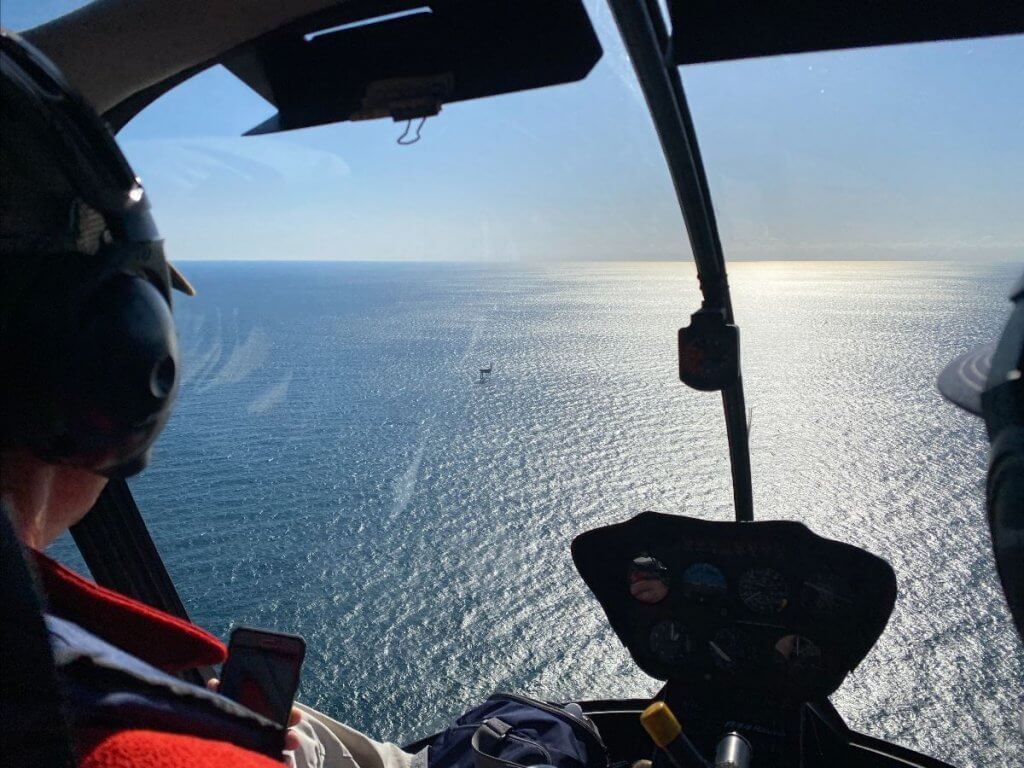
“We’ve definitely had knocking knees and panic,” chuckled Neal, who serves as operator. “They say, ‘I can’t believe I’m doing this.’ But they just have to sit there. I tell them, ‘All you have to do at the top is stand back up.’”
Once guests are up in the living quarters, endless activities abound. People go scuba diving, fishing, skeet shooting and golfing with biodegradable clays and balls and stargazing next to the helipad firepit.
Prices for an ecotourism adventure weekend at Frying Pan Tower start at $1,550 a person, including transportation, meal supplies, beverages and activities. The money goes toward transportation costs and restoration efforts.
“Our number one goal is to restore, protect and preserve,” said Neal. “The goal is to take every penny we can and repair the tower. We need to recognize that this is a very important piece of American history.”
Learn more: fptower.org/product/eco-adventure-weekend-stay
Stay inside a former nuclear missile launch control center
Titan Ranch: Vilonia, Arkansas
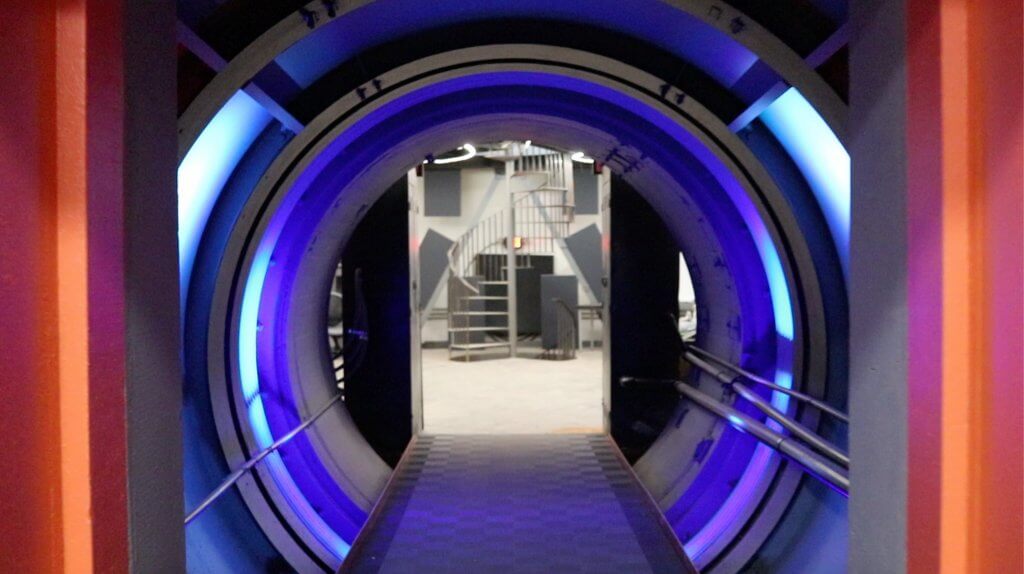
The United States created the Titan II Missile program during the Cold War. These ballistic missiles could carry nuclear warheads to strike targets thousands of miles away.
There were 54 launch complexes, and 18 of them were in Arkansas. It was decommissioned by the late 1980s and destroyed to become inaccessible to the public.
In 2010, Air Force veteran GT Hill purchased one of the old missile complexes, intending to make it his home and one of the most unique places in the world. The restoration efforts were complex and took several years.
“When I first encountered this place, cattle were roaming on it. There were no holes, nothing,” said Hill. “We had to take blueprints and measure and find where to dig. I likened the process to what I call modern archaeology.”
Once the old complex was located, the work to get it accessible for humans was just getting started.
“We rented a big excavator and started digging,” he said. “After a few near-death experiences, we got into it. It was full of water for 25 years, so when we opened the front door, water came crashing over us, so that was kind of fun.”
 Hill decided to transform the space into an Airbnb and event venue a few years ago. The 3,500-square-foot complex has a luxury primary bedroom and bathroom, kitchen, theater and living area. The rental is popular among all kinds of tourists, from military veterans to teenage girls hosting birthday parties.
Hill decided to transform the space into an Airbnb and event venue a few years ago. The 3,500-square-foot complex has a luxury primary bedroom and bathroom, kitchen, theater and living area. The rental is popular among all kinds of tourists, from military veterans to teenage girls hosting birthday parties.
The complex is about 35 feet underground and is hanging on giant springs.
“What that means is it can move, so when you’re walking around, the thing actually moves very slightly,” said Hill. “We’ve had college groups out here, and I’ll DJ for them. They’ll start jumping up and down with lights and music, and the whole thing will move since it’s actually suspended in the air on springs.”
The retired missile complex has two bedrooms, three bathrooms and can sleep up to six guests for rates starting at $397 a night. Guided history tours are available.
Learn more: titanranch.com
Become a keeper at a historic Washington lighthouse
New Dungeness Lighthouse: Clallam County, Washington state
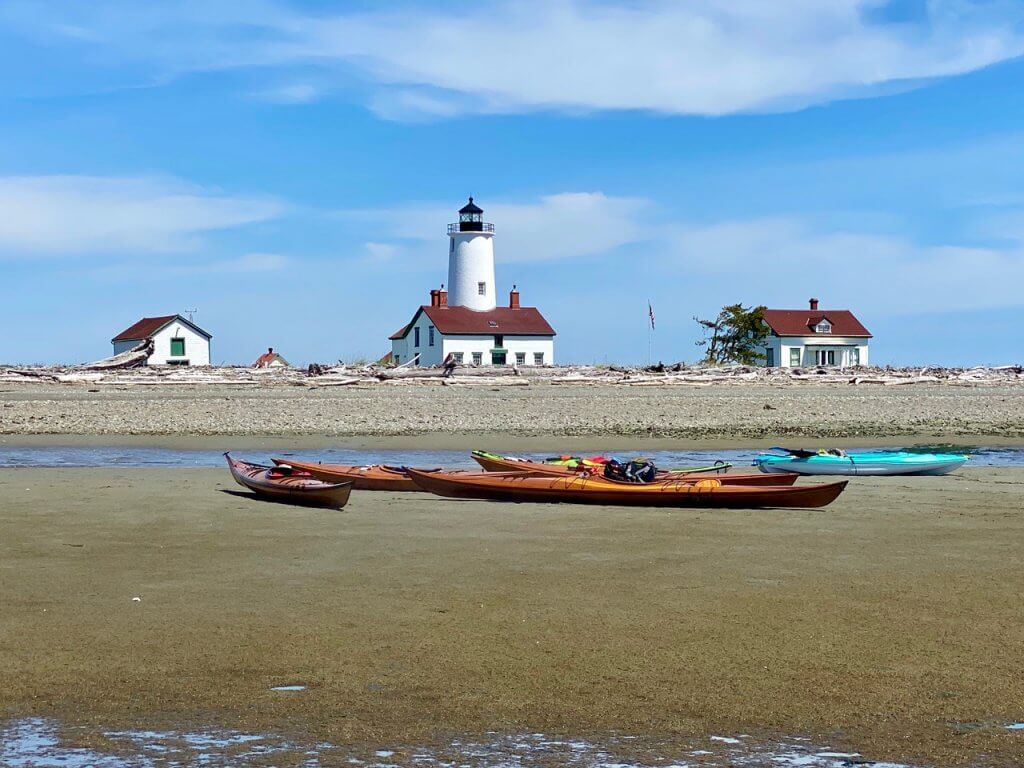
Many people dream about living in a remote lighthouse on the coast. In Washington state, that opportunity actually exists.
The remote New Dungeness Lighthouse, built in 1857, sits inside of a National Wildlife Refuge. It is usually only accessible by boat or a five-mile hike. When the Coast Guard decommissioned it in the late 1990s, community members rallied to keep the buildings operational and open with an auxiliary lightkeeper program. Today, people can apply to be part of the program and spend an entire week at the light station.
“We load all your stuff up into our four-wheel-drive vehicles, and we drive you out on the beach, all the way out to the lighthouse, and drop you off,” said lighthouse General Manager Chad Kaiser. “Then you’re out of the lighthouse for the week to do your keeper’s duties.”
The required work includes greeting and giving tours to people hiking out to the lighthouse and maintaining the iconic landmark set in remote coastal Washington.
“You can see the Olympic Mountains and the marine traffic on Puget Sound, whether that’s the aircraft carriers or containerships,” said Kaiser. “Occasionally, you’ll see Orca whales, and there are always quite a few birds.”
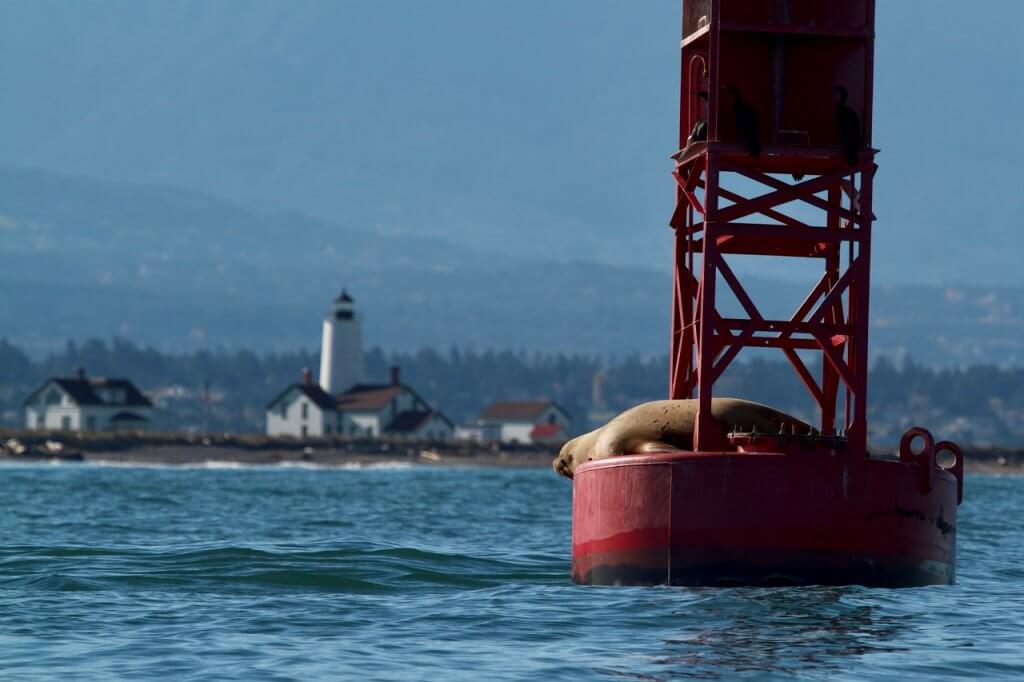
The weekly rate for the program is $440 per person for adults and $225 for kids. Children lighthouse keepers must be 6 or older, and at least four adults are required to operate the station at all times. Guests can reserve single bedrooms or the entire keeper’s house. Membership in the New Dungeness Light Station Association is required to join the program; that fee is $35 for individuals or $50 for families.
















